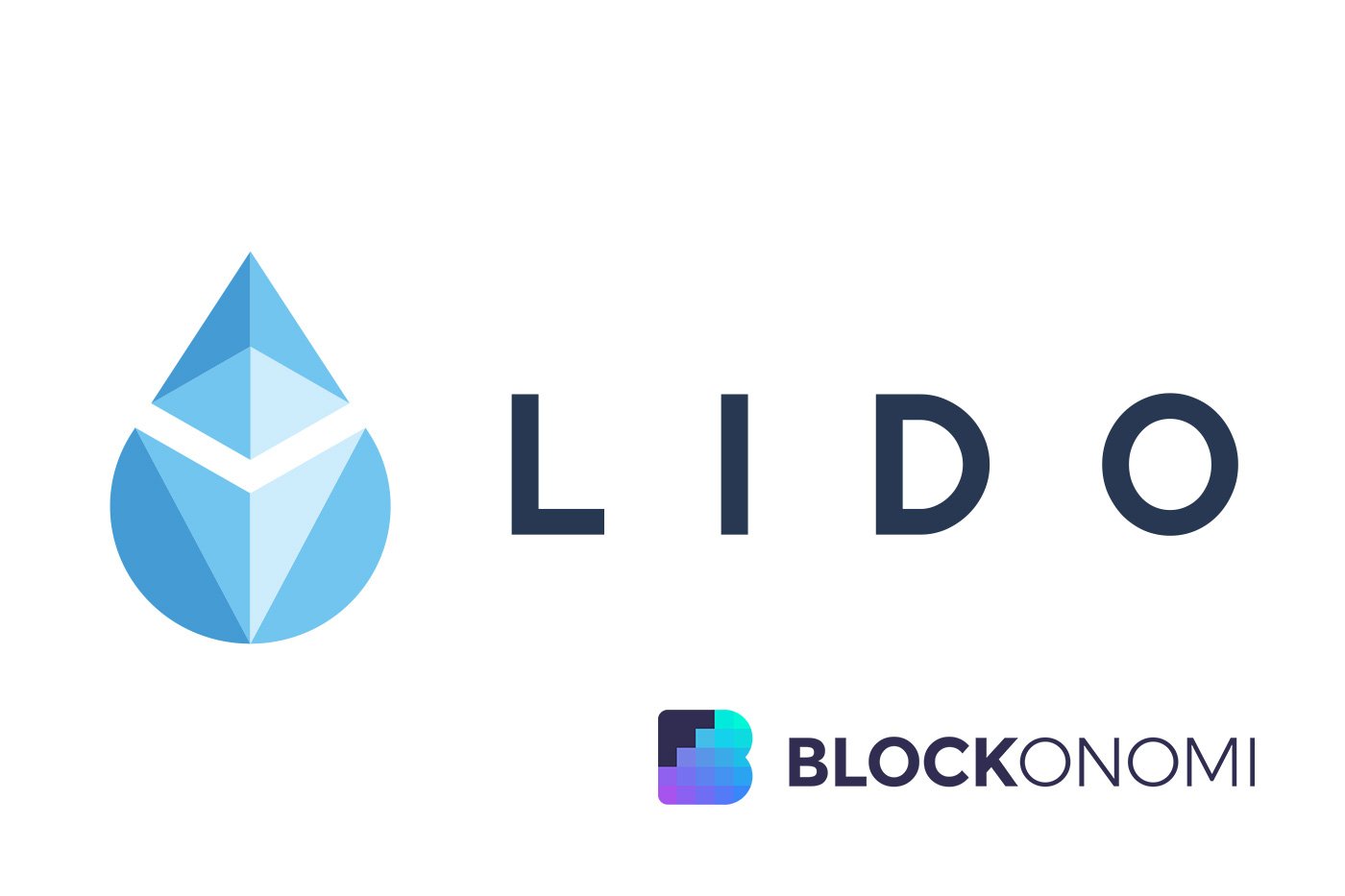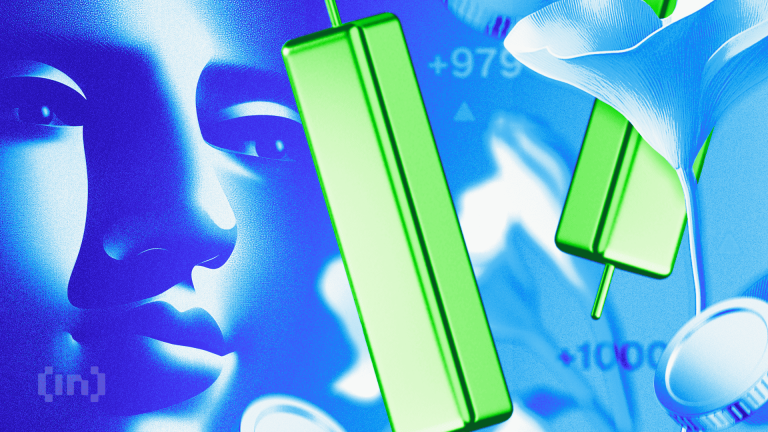
Lido DAO Introduces New Automated Token Buyback Model
If you’re following decentralized finance (DeFi), you’ve likely heard about Lido DAO’s latest proposal aimed at revolutionizing the liquidity and usability of its native token, LDO. The proposal, put forth by the community, aims to automate token buybacks and reduce the circulating supply of LDO tokens strategically.
How Does the Proposed Buyback Model Work?
The model centers around pairing LDO with wrapped staked Ether (wstETH) liquidity pools using a Uniswap v2-style protocol. Once implemented, ownership of the liquidity positions would rest with the Aragon Agent, ensuring transparency and simplicity in governance.
The buyback process would only activate under specific market conditions — when Ethereum (ETH) exceeds $3,000 and the annualized revenue of the DAO surpasses $40 million. This triggers a mechanism where up to 50% of staking-derived revenue, beyond the $40 million threshold, is dedicated to LDO buybacks. This strategic move helps balance token supply and enhances liquidity on-chain.
Technical Framework: NEST Execution
The proposal introduces a streamlined framework called “NEST execution” to automate buybacks with minimal market impact. A maximum of 14 buyback executions, each capped at 350,000 LDO, would occur yearly. This approach minimizes volatility while gradually improving liquidity depth.
Additionally, the DAO envisions using smart contracts on Uniswap v2 for this initiative, emphasizing simplicity and low maintenance. Parameters such as market thresholds and allocations could be adjusted based on community feedback before formal approval by the DAO’s Snapshot vote.
A More Resilient Token Economy
While the initiative primarily focuses on improving liquidity and reducing token oversupply, it also includes an anti-cyclical pause mechanism. During market downturns, the buybacks automatically halt, aligning with Lido’s treasury performance and safeguarding against unnecessary expenditures.
At present, the framework would result in approximately $4 million in annualized buybacks, bolstering LDO’s order books and increasing overall usability within the DeFi ecosystem.
Inspiration from MakerDAO
Interestingly, this model draws inspiration from MakerDAO’s Smart Burn Engine, which utilizes a similar automated liquidity framework for controlled token buybacks. The integration of these strategies ensures a more efficient and transparent handling of DeFi tokenomics.
Takeaways for the DeFi Space
The Lido DAO proposal is more than a technical upgrade — it’s a vision for better liquidity, supply control, and improved user experience in DeFi token protocols. As this initiative heads toward potential community approval and a 2026 rollout, it could serve as a benchmark for other DAOs looking to refine their token economics.
Shop Related Products
For DeFi enthusiasts exploring blockchain investment or staking opportunities, consider the Ledger Nano X. This hardware wallet provides top-tier security and supports staking assets like Ethereum and LDO.


